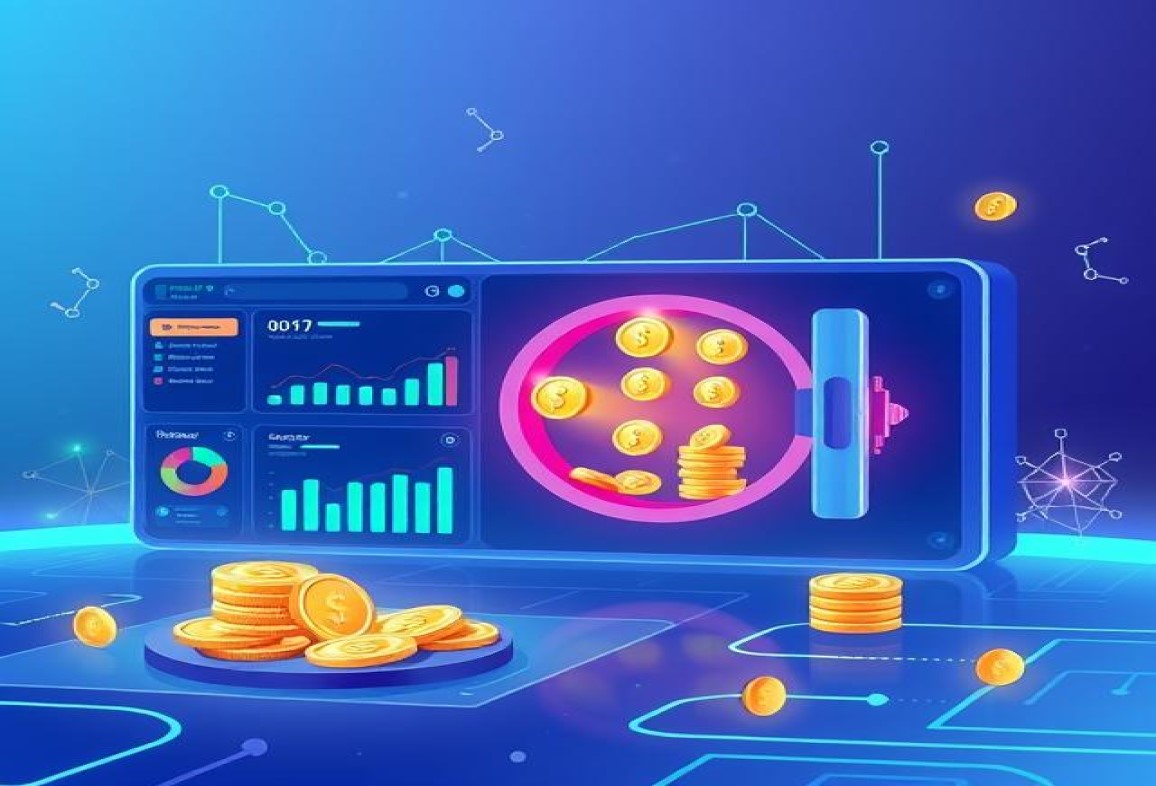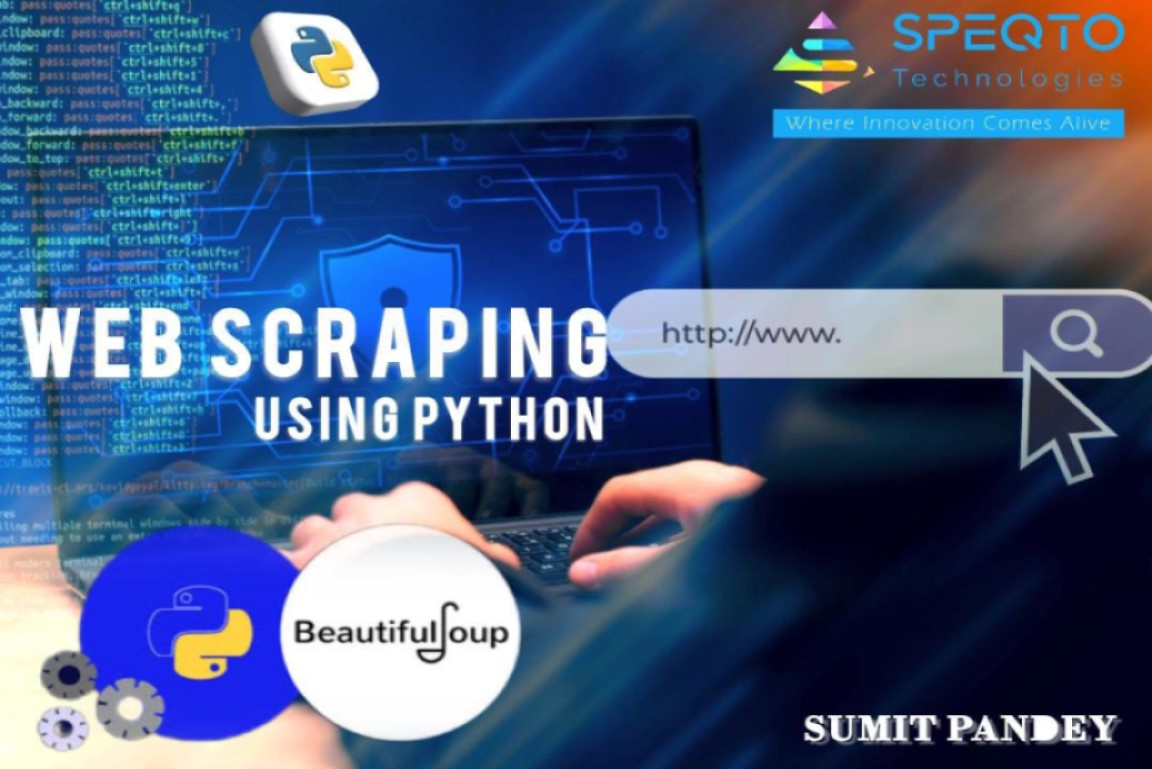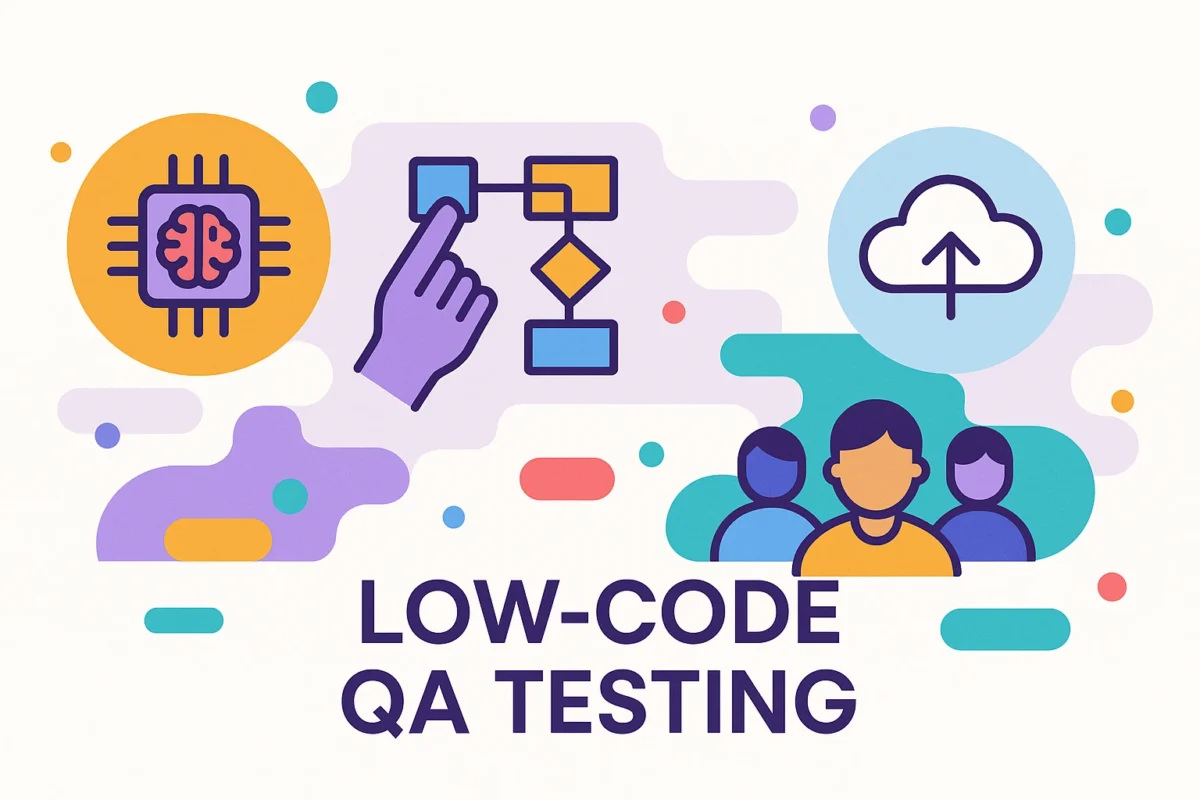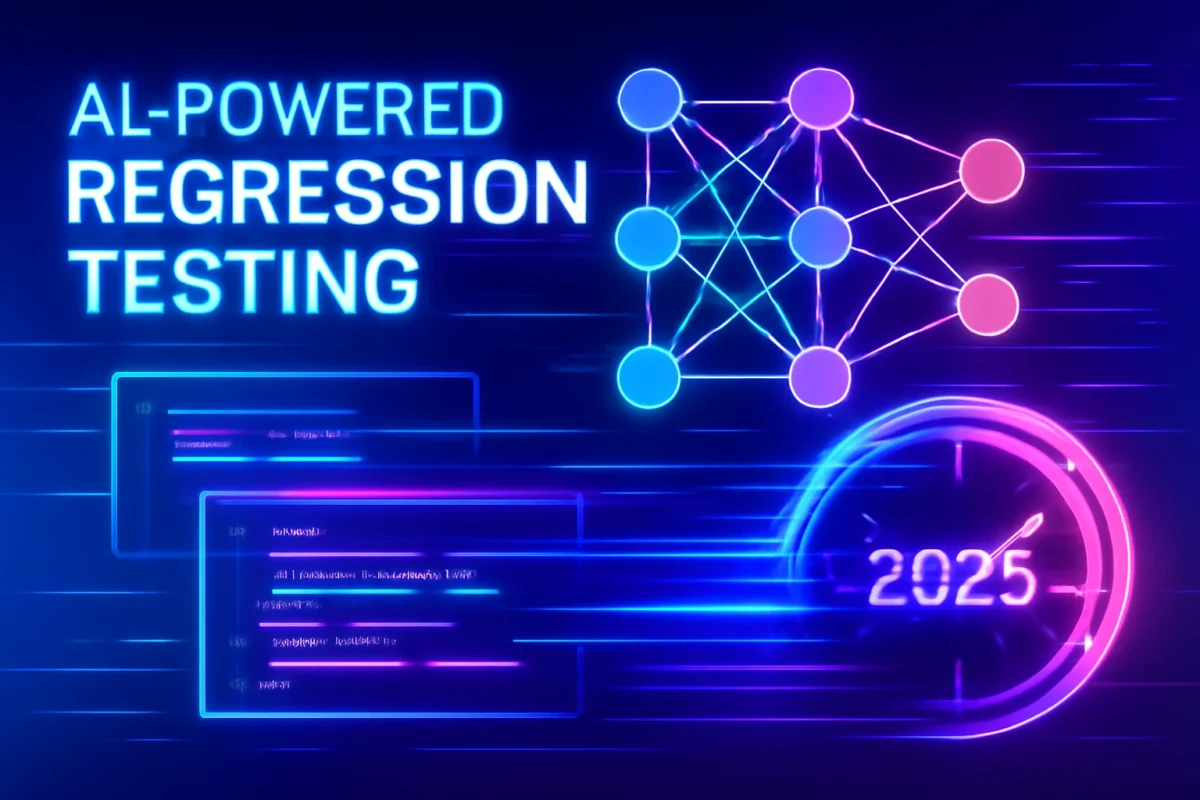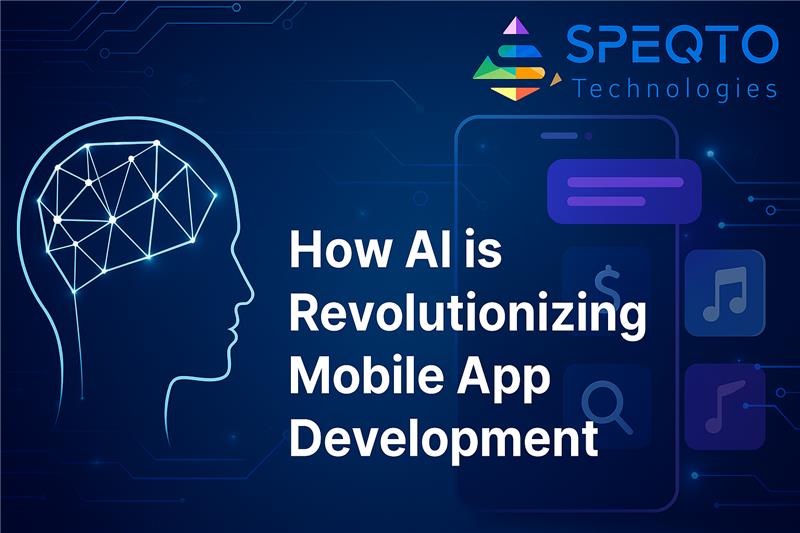
How AI is Revolutionizing Mobile App Development
How AI is Revolutionizing Mobile App Development By BD Team August, 2025 At Speqto, I, Chirag Verma, have seen firsthand how Artificial Intelligence (AI) is transforming the way mobile apps are designed, developed, and experienced. What was once limited to simple, static features has now evolved into smart, adaptive, and highly personalized applications. In 2025, […]

.webp)
